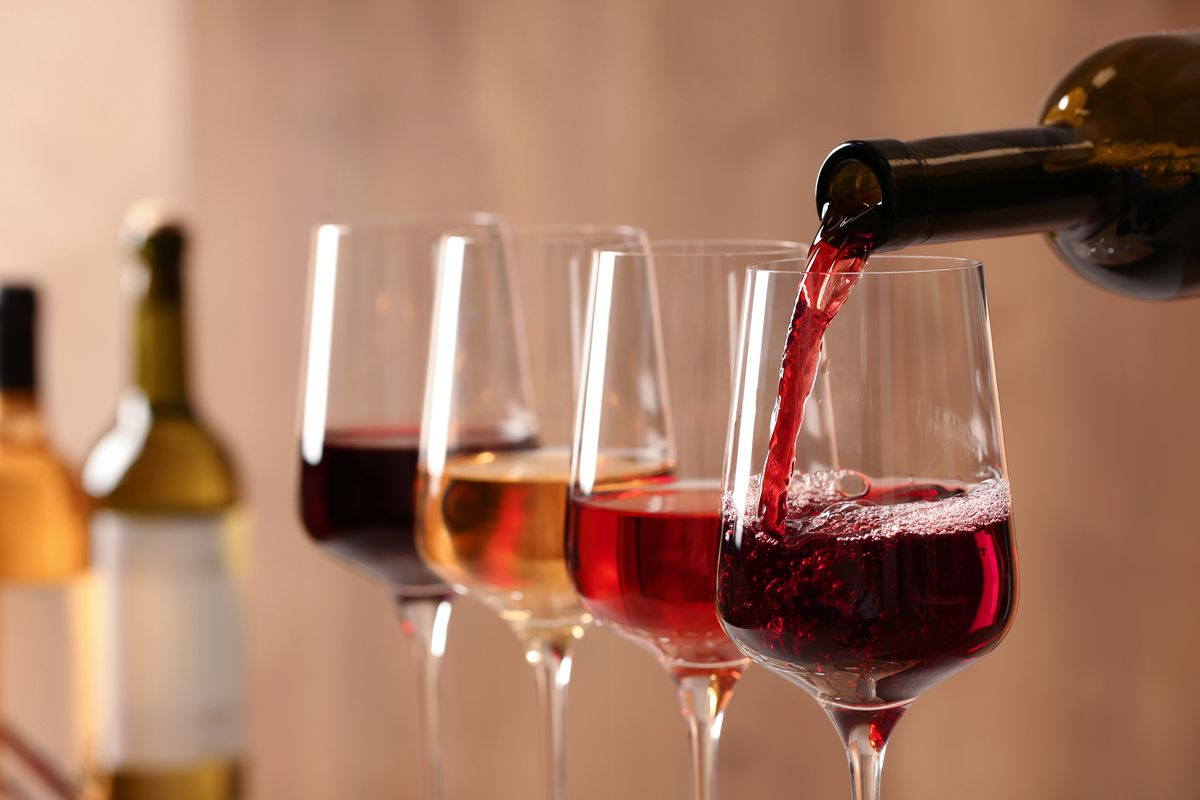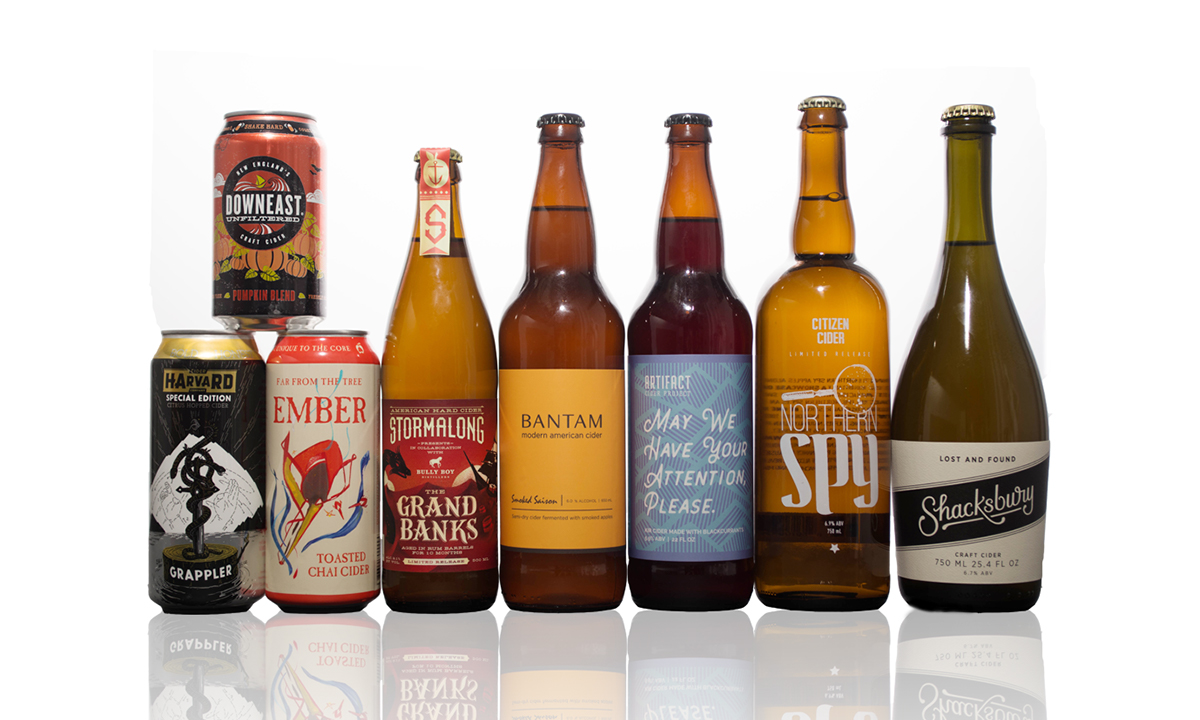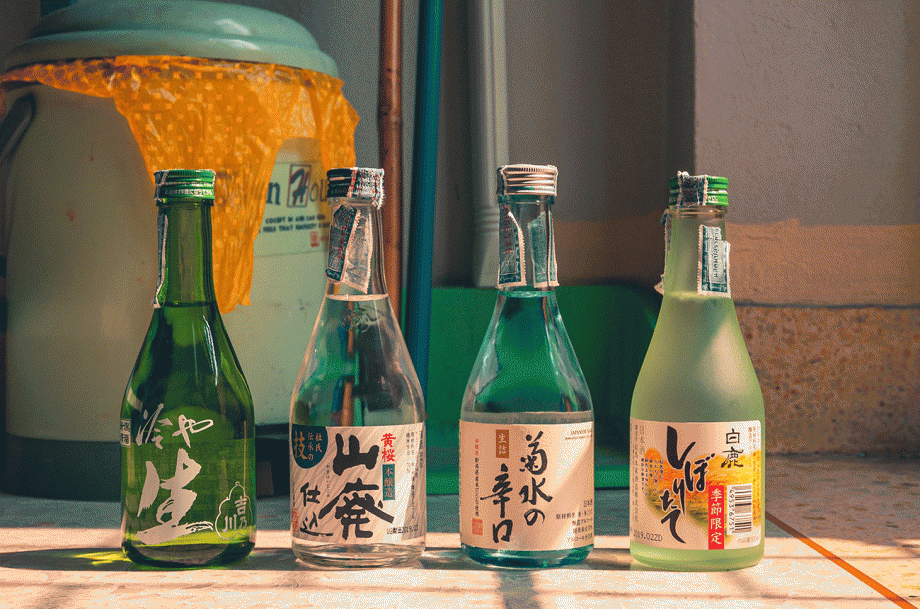What is Alcohol

Anyone who has ever visited a grocery store knows that there are many different types of alcohol. Through the process of distillation, some alcoholic drinks contain more alcohol than others and maybe more dangerous.
What Are the Types of Alcohol?
Humans have been drinking alcohol for thousands of years. Alcohol is both a chemical and a psychoactive drug. In chemistry, an alcohol exists when a hydroxy group, a pair of oxygen and hydrogen atoms, replaces the hydrogen atom in a hydrocarbon. Alcohols bind with other atoms to create secondary alcohols. These secondary alcohols are the three types of alcohol that humans use every day: methanol, isopropanol, and ethanol.
The Three Types of Alcohol
The only type of alcohol that humans can safely drink is ethanol. We use the other two types of alcohol for cleaning and manufacturing, not for making drinks. For example, methanol (or methyl alcohol) is a component in fuel for cars and boats. It’s also used to manufacture antifreeze, paint remover, windshield wiper fluid, and many other products. Isopropanol (or isopropyl alcohol) is the chemical name for rubbing alcohol, which we use for cleaning and disinfecting. Both methanol and isopropanol are poisonous to humans because our bodies metabolize them as toxic substances which cause liver failure. Drinking even a small amount of methanol or rubbing alcohol can be fatal.
Ethanol (or ethyl alcohol) is the type of alcohol that over two billion people drink every day. This type of alcohol is produced by the fermentation of yeast, sugars, and starches. For centuries, people have consumed ethanol-based drinks, such as beer and wine, to change the way that they feel. However, ethanol also has harmful effects on the body. The human liver can metabolize ethanol, but only in limited quantities.
Ethanol is toxic, so it damages the liver, the brain, and other organs over time. Ethanol also inhibits the central nervous system, which distorts a person’s coordination and judgment. Additionally, ethanol may exacerbate psychological problems such as anxiety and depression, while chronic, long-term consumption of ethanol-based drinks can cause a person to develop a debilitating alcohol addiction.
The Difference Between Distilled and Undistilled Alcohol
There are two categories of alcoholic beverages: distilled and undistilled. Undistilled drinks are also called fermented drinks. Fermentation is the process of using bacteria or yeast to chemically convert sugar into alcohol (or ethanol, to be more specific). Wine and beer are both fermented, undistilled alcoholic beverages. Wineries ferment grapes to make wine and breweries ferment barley, wheat, and other grains to make beer.
Distillation is a process which follows fermentation. It converts a fermented substance into one with an even higher concentration of alcohol. Distillation concentrates alcohol by separating it from the water and other components of a fermented substance. Liquors and spirits are distilled alcoholic beverages. They contain more alcohol by volume than undistilled drinks. In general, a distilled alcoholic beverage will have a higher alcohol proof.
Alcohol by volume (ABV) and alcohol proof are two measures of alcohol content, or the concentration of alcohol in a drink. Alcohol by volume is the number of milliliters of ethanol per 100 milliliters (or 3.4 fl.oz.) of a beverage, while alcohol proof is twice the percentage of alcohol by volume. For example, a drink which has 50% ABV will be 100 proof.
Different Types of Alcoholic Drinks By Alcohol Content
There are many different kinds of alcoholic drinks, and some of them contain more alcohol than others. All alcoholic beverages carry the risk of causing health problems and addiction, but drinks with higher concentrations of alcohol are able to cause drunkenness and alcohol poisoning more quickly and in smaller doses.
Undistilled Drinks
Beer

Beer is the most popular alcoholic beverage worldwide. In fact, after water and tea, beer is the most commonly-consumed drink in the world. Beer is also most likely the oldest alcoholic drink in history. A standard beer, whether it be a lager or an ale, has between 4% to 6% ABV, although some beers have higher or lower concentrations of alcohol. For example, “light beers” only have between 2% to 4% ABV while “malt liquors” have between 6% to 8%.
Wine

Wine is another popular and ancient alcoholic beverage. Standard wine has less than 14% ABV. Champagne, the most well-known sparkling wine, has an alcohol concentration of about 10% to 12%. Some wines are “fortified” with distilled alcohol. Port, Madeira, Marsala, Vermouth, and Sherry are examples of fortified wines. They usually have about 20% ABV.
Hard Cider

Hard cider is fermented apple juice. It usually has about 5% ABV.
Mead
Mead, a blend of water and fermented honey, has between 10% to 14% ABV.
Saké

Saké, a well-known Japanese drink made from fermented rice, has an alcohol concentration of about 16% ABV.
Distilled Drinks (Liquors and Spirits)
Gin

Gin is a spirit made from juniper berries. It can have anywhere from 35% to 55% ABV.
Brandy

Brandy is distilled wine. The concentration of alcohol in brandy ranges from 35% to 60%. For example, one famous brandy, Cognac, has 40% ABV.
Whiskey

Whiskey is a spirit made from distilled, fermented grain. The ABV of whiskey ranges from 40% to 50%.
Rum

Rum, a distilled drink made from fermented sugarcane or molasses, has a typical alcohol concentration of 40% ABV. Some rum is “overproof,” meaning that it has an alcohol concentration of at least 57.5% ABV. Most overproof rum exceeds this minimum, usually reaching 75.5% ABV, which is equivalent to 151 proof.
Tequila

Tequila is another popular spirit. Its main ingredient is the Mexican agave plant, and its alcohol concentration is usually about 40% ABV.
Vodka

Vodka, a liquor usually made from fermented grains and potatoes, has a standard alcohol concentration of 40% ABV in the United States.
Absinthe

Absinthe is a spirit made from a variety of leaves and herbs. There is no evidence that absinthe is a hallucinogen, but it has a high concentration of alcohol. Some forms of absinthe have about 40% ABV, while others have ABV as high as 90%.
Everclear

Everclear, a grain-based spirit, is another drink with a heavy alcohol concentration. The minimum ABV of Everclear is 60%, but Everclear can also have 75.5% and 95% ABV.
Effects
While every organ in your body can feel the effects of drinking, some are more at risk for extensive damage. The best way to prevent health issues now and in the future is to quit drinking with the help of a professional treatment program.
Brain
Alcohol’s effects on the brain can be felt quickly. Not only can drinking cause temporary complications such as memory loss and coordination, it can also lead to long-term side effects that are sometimes irreversible.
Prolonged and excessive alcohol use can interfere with how the brain functions, as well as how it’s structured. Damage to different regions of the brain, especially the cerebellum, limbic system and cerebral cortex, can significantly impact the body’s communication pathways. For example, the cerebellum handles your body’s motor skills. When alcohol affects this area of the brain, you’re more likely to experience a loss of balance, as well as memory and emotional response issues.
Heart
The heart is extremely vulnerable to the negative effects of alcohol consumption. Over time, heavy drinking can weaken the heart, impacting how oxygen and nutrients are delivered to other vital organs in your body. Excessive alcohol consumption can increase triglyceride levels – a type of fat in your blood. High levels of triglycerides contribute to the risk of developing dangerous health conditions such as heart disease and diabetes.
Some of the early cardiovascular effects, like high blood pressure and an irregular heartbeat, can lead to a host of problems down the road. Long-term consequences of excessive drinking may include cardiomyopathy, stroke and sudden cardiac death.
Liver
Heavy drinkers are at risk of harmful, potentially life-threatening liver problems. When you drink, your liver breaks down alcohol and removes it from your blood. However, too much alcohol in a short period of time can overwhelm the metabolism process and lead to fatty liver. Fatty liver is a chronic condition that involves the buildup of bad fats in the liver. Obesity is one of the biggest factors of fatty liver. It can also cause liver failure and type 2 diabetes.
Other serious liver complications associated with prolonged and excessive alcohol consumption are alcoholic hepatitis, fibrosis and cirrhosis. While each of these conditions is treatable, they require proper medical diagnosis and intensive treatment plan.
Pancreas
The pancreas is part of the digestive process and helps regulate your body’s blood sugar levels. Drinking alcohol over many years can start to negatively impact your pancreas and cause lasting health complications. Unfortunately, the early stages of many pancreatic conditions are often unfelt and therefore, left untreated.
Long-term alcohol abuse can eventually cause the blood vessels around the pancreas to swell, leading to pancreatitis. This greatly increases your risk of developing pancreatic cancer – a type of cancer that spreads rapidly and is very dangerous. Symptoms of an acute pancreatic attack may include abdominal pain, diarrhoea, nausea, fast heart rate and fever. While medications and other treatment methods can help manage the effects of pancreatitis, it is very difficult to reverse the condition.
Support
- Drinkline is the national alcohol helpline. If you’re worried about your own or someone else’s drinking, you can call this free helpline in complete confidence. Call 0300 123 1110 (weekdays 9am to 8pm, weekends 11am to 4pm).
- Alcoholics Anonymous (AA) is a free self-help group. Its “12 step” programme involves getting sober with the help of regular support groups.
- Al-Anon Family Groups offers support and understanding to the families and friends of problem drinkers, whether they’re still drinking or not. Alateen is part of Al-Anon and can be attended by 12- to 17-year-olds who are affected by another person’s drinking, usually a parent.
- We Are With You is a UK-wide treatment agency that helps individuals, families and communities manage the effects of drug and alcohol misuse.
- Adfam is a national charity working with families affected by drugs and alcohol. Adfam operates an online message board and a database of local support groups.
- The National Association for Children of Alcoholics (Nacoa) provides a free, confidential telephone and email helpline for children of alcohol-dependent parents and others concerned about their welfare. Call 0800 358 3456 for the Nacoa helpline.
- SMART Recovery groups help people decide whether they have a problem, build up their motivation to change, and offer a set of proven tools and techniques to support recovery.
- https://alcoholchange.org.uk/
- https://www.drinkaware.co.uk/
- https://www.alcohol.org/